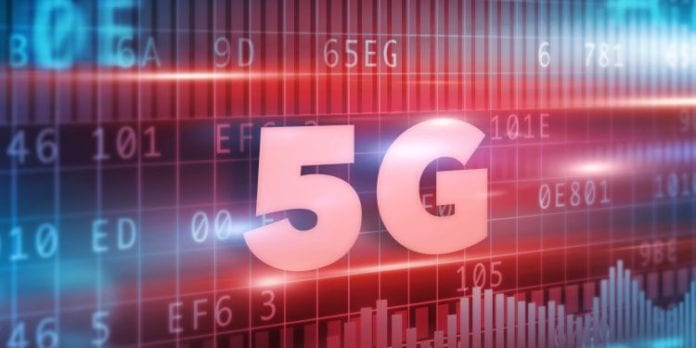The two firms combined different technologies including 256 QAM, 4×4 MIMO and LAA
T-Mobile and Ericsson announced they have achieved speeds of 1.1 Gbps using 12-layer Licensed Assisted Access (LAA) technology.
The demo took place at T-Mobile’s Bellevue, Washington lab using the Ericsson Radio System and test equipment from Cobham Wireless. The Swedish vendor explained that the Ericsson Radio 2205 gives operators the opportunity to deploy LTE on the 5 GHz unlicensed band in outdoor micro cell environments. Using LAA, the unlicensed carriers on these radios can be aggregated with licensed carriers on the micro cells or on nearby macro cells, according to Ericsson.
The partners said that the data speeds were achieved by combining several key LTE technologies including 256 QAM, 4×4 MIMO and LAA by aggregating two licensed carriers and three unlicensed carriers.
“T-Mobile has built the nation’s fastest LTE network by innovating and bringing new technologies to market for our customers. This LAA technology builds upon our deployments of 4×4 MIMO and 256 QAM and will give customers even greater access to near gigabit speeds in 2018,” Neville Ray, CTO for T-Mobile, said.
“Breaking the 1 Gbps-mark means that commercial gigabit speeds are not far from reality for many broadband users, with our LAA and MIMO technologies as key enablers,” Fredrik Jejdling, EVP and head of networks at Ericsson, said.
T-Mobile highlighted that the use of these LTE technologies on unlicensed spectrum complements licensed spectrum and makes it possible for a larger number of operators to reach gigabit speeds in their networks.
The telco also said that LAA has been demonstrated previously on 10 layers, reaching download speeds of up to 1 Gbps. Extending to 12 layers enables speeds exceeding 1 Gbps, T-Mobile said.
T-Mobile has worked with Ericsson over the last two years to roll out advanced 4G technology using Ericsson’s Antenna-Integrated Radio (AIR), 4×4 MIMO, and 256 and 64 QAM. Ericsson also provided T-Mobile with 700MHz tuning and optimization.
T-Mobile has recently announced plans to deploy additional small cells in a move to expand Gigabit LTE. The telco confirmed it expects to deploy 2,000 more small cells by the end of the year, which will add to its currently installed base of 3,000 small cells. Company executives also said that LAA-compatible small cells will be turned up on the telco’s network in the first quarter of next year.
Last month, the telco announced that it has deployed gigabit LTE technologies in 920 U.S. markets. Gigabit LTE has three primary building blocks: 4×4 multiple-input, multiple output (MIMO), 256 QAM and multi-channel carrier aggregation. T-Mobile currently has carrier aggregation, 256 QAM and 4×4 MIMO live in 430 markets. One of those of those elements is present in the remaining 490 locales.
According to a recent report by Ericsson, gigabit LTE networks have now been commercially deployed by 14 providers worldwide, while 212 4G networks have been upgraded to LTE-A technology.

